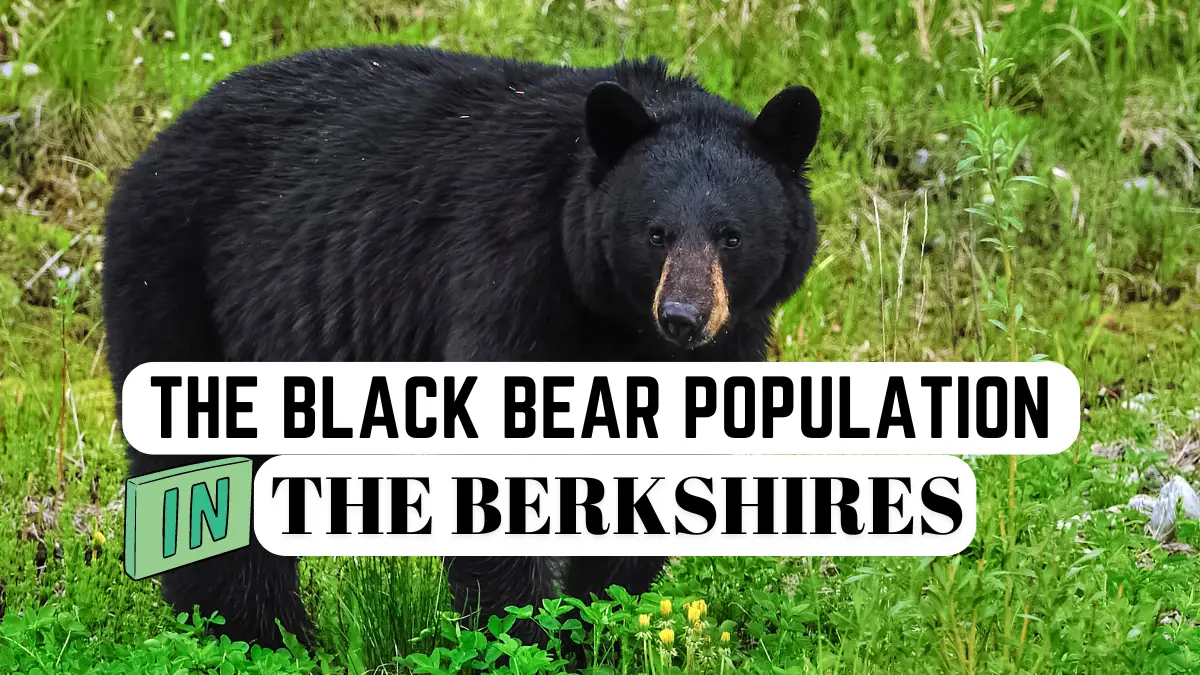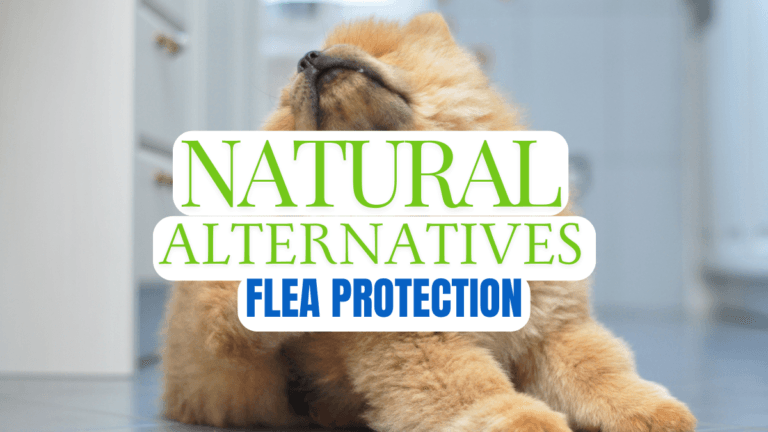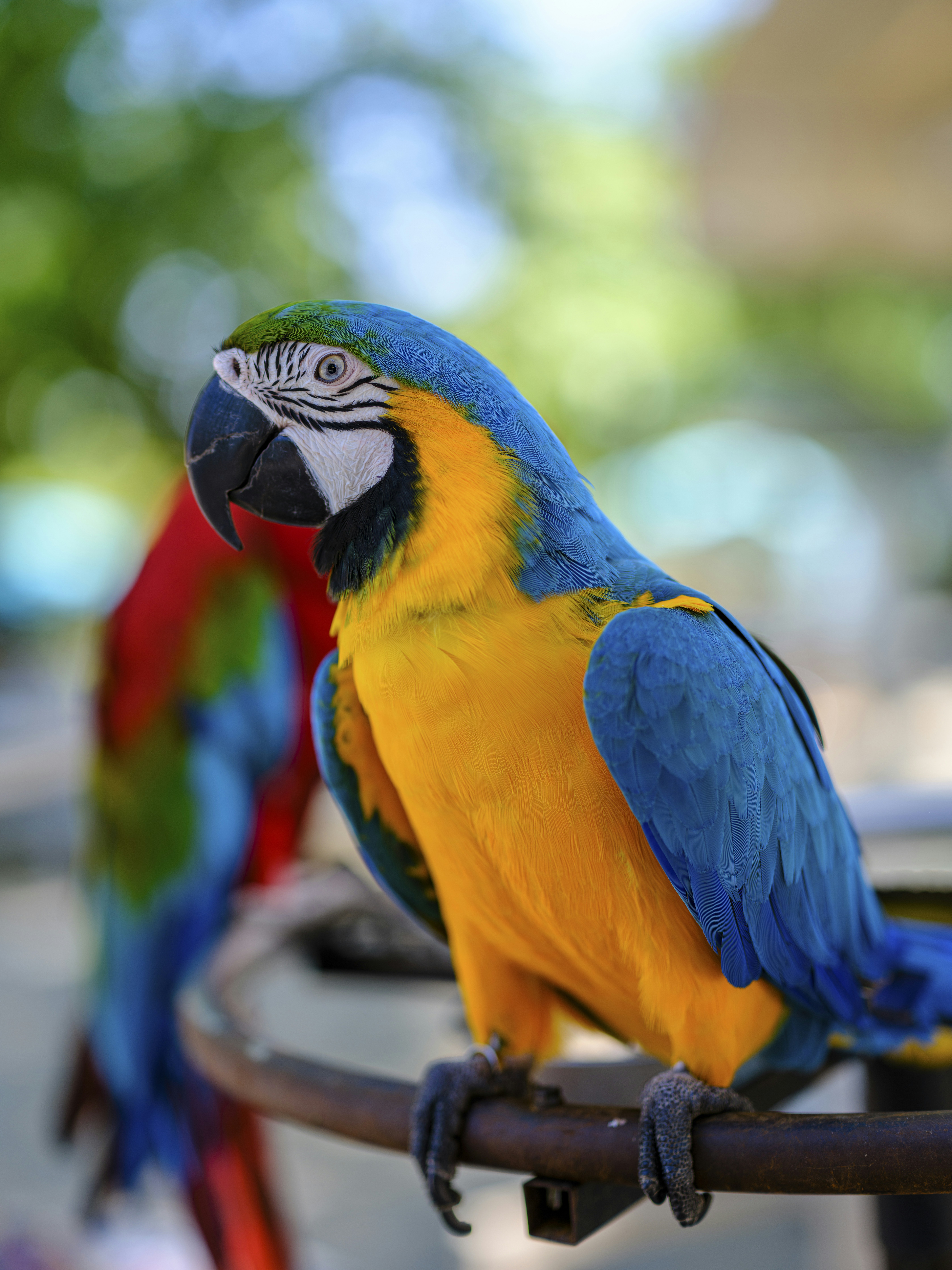The Black Bear Population in Western Massachusetts and Connecticut: A Growing Presence – 3 Challenges
The Black Bear Population in Western Massachusetts and Connecticut: A Growing Presence – 3 Challenges Facebook Youtube Instagram Black Bears in CT, MA: The Berkshires Table of Contents Over the past few decades, the black bear population in Western Massachusetts and Connecticut has seen significant growth. As these majestic…
The Black Bear Population in Western Massachusetts and Connecticut: A Growing Presence - 3 Challenges
Black Bears in CT, MA: The Berkshires
Table of Contents
Over the past few decades, the black bear population in Western Massachusetts and Connecticut has seen significant growth. As these majestic creatures reclaim their habitats in the region, they have become an increasingly common sight, prompting both fascination and concern among residents and wildlife officials. This article explores the factors contributing to the rise in black bear numbers, the challenges of human-bear interactions, and the measures being taken to manage and coexist with these powerful animals.
A Brief History of Black Bears in the Region
Black bears (Ursus americanus) are native to North America and were once widespread throughout the forests of Massachusetts and Connecticut. However, by the early 20th century, habitat loss and unregulated hunting had drastically reduced their numbers. In Massachusetts, black bears were virtually eliminated, while only a small remnant population survived in Connecticut.
In the mid-20th century, conservation efforts, such as reforestation and the establishment of protected areas, began to restore suitable habitats for black bears. Additionally, legal protections were put in place to regulate hunting and protect the bears. As a result, the black bear population started to rebound, and today they are once again thriving in the region.
Current Population and Distribution
As of 2024, estimates suggest that the black bear population in Massachusetts is approximately 5,000 individuals, with the majority residing in the western part of the state. In Connecticut, the population is smaller but growing, with estimates of around 1,200 bears primarily concentrated in the northwest.
Western Massachusetts, with its expansive forests and mountainous terrain, provides an ideal habitat for black bears. The region includes parts of the Berkshire Mountains and the heavily forested areas of the Quabbin Reservoir, both of which offer abundant food sources and cover for the bears. In Connecticut, the Litchfield Hills and adjacent areas in the northwest provide similar habitat conditions that support a growing bear population.
Bear Safety Tips for Homeowners
| # | Tip |
|---|---|
| 1 | Secure Food Sources: Remove any potential food sources such as garbage, pet food, and bird feeders to avoid attracting bears. |
| 2 | Stay Indoors: If you spot a bear, stay indoors and keep a safe distance. Do not approach the bear under any circumstances. |
| 3 | Make Noise: From a safe location, make loud noises to scare the bear away, such as banging pots, shouting, or using an air horn. |
| 4 | Secure Doors and Windows: Ensure all doors and windows are securely closed and locked to prevent the bear from entering your home. |
| 5 | Contact Authorities: If the bear remains on your property or poses a threat, contact local wildlife authorities for assistance. |
Factors Contributing to Population Growth
Several factors have contributed to the resurgence of black bears in Western Massachusetts and Connecticut:
Habitat Restoration
Efforts to restore and protect forested areas have been instrumental in providing suitable habitats for black bears. Reforestation projects, particularly in previously logged or developed areas, have increased the availability of food and shelter for bears.
Legal Protections
Regulations limiting hunting and protecting black bears have allowed populations to recover. In Massachusetts, hunting is carefully regulated, and only a limited number of permits are issued each year. In Connecticut, hunting of black bears is currently not permitted, providing additional protection.
Adaptability
Black bears are highly adaptable animals, capable of thriving in various environments. They are opportunistic feeders and can survive on a wide range of foods, including berries, nuts, insects, and small mammals. Their adaptability has enabled them to expand into areas where they had been previously absent.
Reduced Human Impact
Changes in land use, such as the decline of agriculture and the increase in suburban development, have altered the landscape in ways that can benefit black bears. As large tracts of land have reverted to forest, bears have found more favorable conditions for survival.
Human-Bear Interactions
As the black bear population grows, interactions between bears and humans have become more frequent. While bears are generally shy and avoid human contact, they can be attracted to residential areas in search of food. This can lead to conflicts, particularly when bears raid garbage cans, bird feeders, and outdoor grills.
Related: How Dangerous is Kennel Cough?
Related: Curious about Your Dog’s DNA?
Public Education
To address these challenges, wildlife agencies in both states have launched public education campaigns aimed at teaching residents how to coexist with bears. These campaigns emphasize the importance of securing food sources, such as garbage and bird feeders, and using bear-resistant containers to reduce attractants.
Bear Management Programs
Both Massachusetts and Connecticut have implemented bear management programs to monitor bear populations and address conflicts. In Massachusetts, the Division of Fisheries and Wildlife tracks bear movements and conducts research to inform management strategies. In Connecticut, the Department of Energy and Environmental Protection (DEEP) responds to bear sightings and provides guidance to residents.
Legal Measures
In Massachusetts, regulated hunting is used as a tool to control the bear population and prevent overpopulation, which can lead to increased human-bear conflicts. In Connecticut, where hunting is not allowed, the focus is on non-lethal measures, such as aversive conditioning, to discourage bears from approaching human settlements.
Tips for House Sitters: Keeping Pets Safe When a Bear is Nearby
| # | Tip |
|---|---|
| 1 | Keep Pets Indoors: If you spot a bear nearby, immediately bring all pets indoors and secure them inside. |
| 2 | Remove Attractants: Ensure that all garbage cans, pet food, and bird feeders are secured to prevent attracting bears. |
| 3 | Close Doors and Windows: Make sure all doors and windows are closed and locked to prevent a bear from entering the house. |
| 4 | Make Noise: If a bear is on the property, make loud noises from a safe distance to scare it away, such as banging pots or shouting. |
| 5 | Avoid Direct Interaction: Never approach a bear. Keep a safe distance and observe the bear from indoors. |
| 6 | Contact Authorities: If the bear does not leave or poses a threat, contact local wildlife authorities for assistance. |
Would you like to be a pet sitter in your local area? Sign up with our link today. Get Started!
Conservation and Coexistence
The growing black bear population in Western Massachusetts and Connecticut presents both opportunities and challenges for conservationists and residents. While the presence of bears is a testament to the success of conservation efforts, it also requires careful management to ensure the safety and well-being of both bears and humans.
Conservation Success Storys
The resurgence of black bears in the region is a success story for wildlife conservation. It highlights the importance of habitat protection and legal regulations in restoring and maintaining healthy wildlife populations. The return of black bears also contributes to biodiversity and the overall health of the ecosystem.
Challenges of Coexistence
As black bears continue to expand their range, the challenge lies in finding ways to coexist peacefully with them. This requires ongoing public education, effective management strategies, and cooperation between wildlife agencies, local communities, and individual residents.
The Role of Technology
Technology plays a significant role in monitoring and managing bear populations. Wildlife agencies use GPS collars and camera traps to track bear movements and gather data on their behavior and habitat use. This information is crucial for developing effective management plans and reducing human-bear conflicts.
Community Involvement
Community involvement is essential for successful bear management. Residents can play a crucial role by reporting bear sightings, securing attractants, and participating in educational programs. Collaborative efforts between wildlife agencies and local communities can foster a culture of coexistence and ensure the long-term survival of black bears in the region.

Food that Lures Bears - Safety Tips
Bears have a keen sense of smell and are attracted to a wide variety of food items, both natural and human-made. Here are some food items that bears commonly find appealing:
Fruits and Berries: Bears are naturally attracted to fruits and berries, including apples, pears, blueberries, strawberries, and blackberries. These are common in the wild and can also be found in gardens or orchards.
Nuts and Seeds: Acorns, beechnuts, and seeds are a significant part of a bear’s diet, especially in the fall when they are preparing for hibernation.
Honey: Bears are famously attracted to honey and will often raid beehives in search of this sweet treat.
Fish and Meat: Bears are omnivores and will eat fish, such as salmon, as well as small mammals and carrion if they come across it.
Insects: Ants, bees, and other insects are a food source for bears, providing protein and fat.
Garbage and Food Scraps: Bears are drawn to garbage and food scraps left out by humans, including leftovers, spoiled food, and anything with a strong odor.
Pet Food: Pet food left outside can attract bears, as it is a convenient and calorie-dense food source.
Bird Seed: Bird feeders can attract bears because bird seed is high in calories and easy for bears to access.
Grains and Cereals: Bears can be attracted to grains, cereals, and other grain-based products.
Coffee Grounds: While not a food item, bears are sometimes attracted to the smell of coffee grounds, especially if they are disposed of in garbage or compost piles.
Barbecue and Grease: Grease and food remnants left on grills can attract bears due to their strong scent.
Compost: Improperly managed compost piles with food waste can draw bears looking for easy meals.
Tips to Minimize Bear Encounters
- Secure Garbage: Use bear-proof garbage cans or store garbage indoors until collection day.
- Remove Bird Feeders: Take down bird feeders, especially in areas with active bear populations.
- Clean Grills: Clean outdoor grills thoroughly after use to remove grease and food residues.
- Store Pet Food Indoors: Keep pet food inside and only feed pets indoors.
- Manage Compost: Properly manage compost piles by avoiding the addition of meat, bones, and other strong-smelling foods.
- Avoid Storing Food in Vehicles: Bears can smell food inside vehicles, and they may break in if they detect something interesting. Always store food and scented items securely away from vehicles, especially in bear country.
By being aware of these attractants and taking appropriate precautions, people living in or visiting bear country can help minimize the chances of a bear encounter and keep both themselves and the bears safe.
Will Bears Attack a Dog?
Bears will not typically attack dogs unprovoked. However, interactions between bears and dogs can lead to dangerous situations. Dogs might bark at, chase, or corner a bear, which can cause the bear to feel threatened. This could lead to the bear becoming defensive or aggressive. Here are some factors that might influence a bear’s reaction to a dog:
Defensive Behavior: Bears are more likely to become defensive if they feel cornered, threatened, or if they perceive the dog as a threat to their cubs. In such cases, bears may swat, bite, or chase the dog to defend themselves or their young.
Curiosity: Bears are naturally curious animals. Sometimes, a bear might approach a dog out of curiosity rather than aggression. However, the situation can quickly escalate if the dog becomes aggressive or tries to engage the bear.
Territorial Behavior: Bears may react aggressively if a dog intrudes into their territory. This is particularly true during the breeding season or when food sources are scarce.
Avoidance Behavior: In some cases, bears may choose to avoid the dog altogether, especially if the dog is on a leash and the bear feels it has enough space to retreat safely.
How to Keep Your Pets Safe When Bears are Around
To minimize the risk of encounters between bears and dogs:
Keep Dogs on Leash: When in bear country, always keep your dog on a leash to prevent it from running off and encountering a bear.
Avoid Bear Habitats: Stay away from areas with known bear activity, especially during dawn and dusk when bears are most active.
Make Noise: Bears generally avoid humans, so making noise while walking can help to alert bears to your presence and give them a chance to move away.
Properly Store Food: Ensure that any food or attractants are stored securely, as these can draw bears into the vicinity.
If you do encounter a bear while with your dog, stay calm, back away slowly, and try to remove yourself and your dog from the situation without running, as sudden movements might provoke the bear.
The black bear population in Western Massachusetts and Connecticut is a remarkable example of successful wildlife conservation. As these magnificent animals continue to reclaim their habitats, they offer an opportunity for residents and visitors to experience the beauty and wonder of the natural world. By embracing coexistence and working together to address challenges, we can ensure that black bears remain a cherished part of the region’s wildlife heritage for generations to come.







